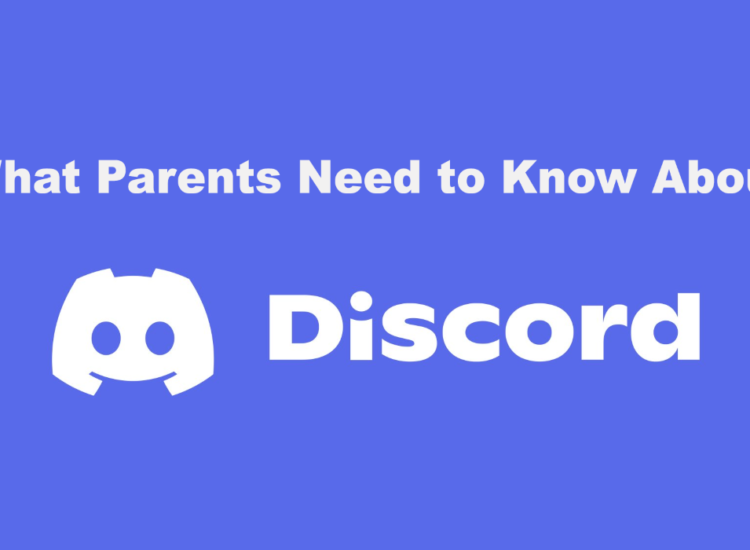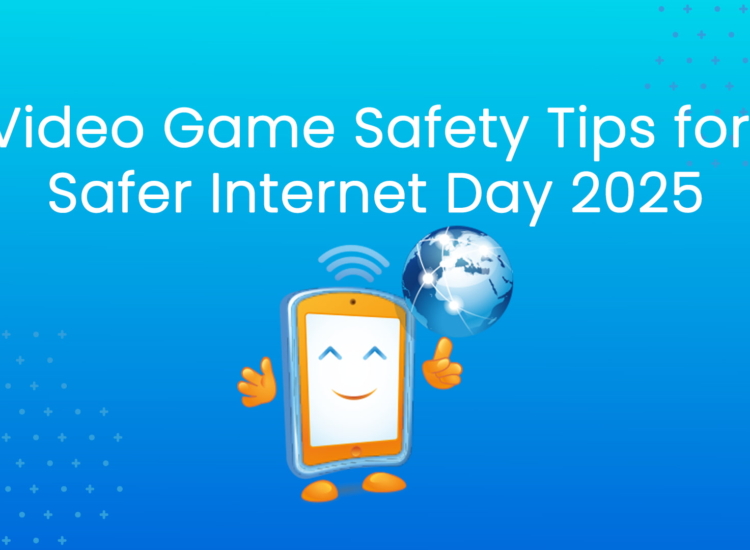Top 5 Webinar Highlights: Harnessing the Positive Power of Video Games
Yesterday, ESRB hosted a webinar, Harnessing the Positive Power of Video Games, full of helpful tips and information for parents whose kids love video games. Whether you missed the webinar, or just want to review some of the main points, we’ve gathered some of four favorite takeaways from our expert panelists.
1. There’s No “Right Way” to Manage Video Games
You don’t have to stress about finding the “perfect” balance of video game time for your kids. Every family’s needs are different – and not all video game time is created equal. Instead of setting inflexible limits on your kids’ video game time, webinar panelist Andy Robertson, author of Taming Gaming, said it’s all about understanding your children’s love of video games and helping guide them toward healthy gaming habits.
Believe it or not, a great way to do this is by playing games with your kids! Sharing video game time will give you insight into the content, skill level, and context of the games your kids are playing – as well as providing invaluable family bonding time. This is a great opportunity to model a healthy relationship with video games and screen time.
“I know how I parent in other areas, so how am I going to be able to do this with video games? I think it’s quite helpful just to create some space and take a step back to figure it out,” said Andy Robinson, author of Taming Gaming. “A big part of that was developing habits, conditions, and rituals [during family video game time] around how we play games together. I think that sets in action an ongoing relationship with video games that continues to evolve.” Andy finished by saying that parents should “find a way to play together, but be confident in your own values” as a parent.
While it’s great to add something fun to your never-ending parent to-do list, you don’t need to be involved every time your kids pick up a controller. You can also show your interest by participating at a level that works for you, whether this means sitting in the same room while they play and asking the occasional question, or making it a topic of conversation during family meals. Keep the lines of communication open and chances are good you’ll learn more about why your kids love games, and have some fun along the way!
2. Check the Ratings
Picking appropriate games for your kids can feel daunting, but there are tools to help make it easier. The ESRB rating system provides information to help parents choose appropriate games for every player in the family. Ratings have three parts:
- Rating Categories suggest age appropriateness.
- Content Descriptors indicate the type of content that likely factored into the age rating assigned.
- Interactive Elements highlight online features that don’t influence ratings but are important to know about, such as in-game purchases and user interaction.
“Find a way to play together, but be confident in your own values.”
When asked about what other tools parents could use to make sure kids have the best possible experience online (even when they’re not around), ESRB President Patricia Vance responded by explaining the importance of having some basic household rules about video games. She encouraged parents to start the conversation early, agree on a few ground rules, keep the door open for ongoing conversations and be prepared to adjust those rules as time goes on. Acknowledging that, parents can’t be around all the time, she referred parents to ParentalTools.org which provides step-by-step instructions on how to set up parental controls to help manage what kids can play, with whom, for how long and whether they can spend money on in-game purchases.
In addition to parental controls, parents should be aware of other in-game measures they can take to create a positive experience for their kids. When it comes to multiplayer online games, Patricia Vance recommends that parents review a game’s “community guidelines” with their child, which detail the rules of the road for players and also provides a “teachable moment.” She also wanted parents to know about in-game features that allow children to “block, mute and report other players that make them feel uncomfortable.”
Learn more about the ESRB rating system here.
3. Video Games are Good for Your Kids!
Although often overlooked, it turns out that when kids play video games they’re not just exercising their thumbs – they’re exercising their brains! In her book A Parent’s Guide to Video Games, webinar panelist Dr. Rachel Kowert discusses the many benefits of playing video games, including effects on:
- Cognitive development: Video games foster improved goal setting, initiative taking, persistence, strategic thinking, and more.
- Physical and mental health: Playing video games can help improve attention and reduce impulsivity, while developing imagination and empathy skills. Games that incorporate movement, or “exergames,” promote physical fitness.
- Social development: Video games today are increasingly social, with 77% of players reporting playing with other either online or in person according to ESA’s 2021 Essential Facts About the Video Game Industry. In fact, 74% of parents say they play games with their kids weekly! No matter how you play together, connecting through video games can enhance communication and teamwork.
- Positive learning: When kids play video games, they’re picking up a variety of skills and knowledge without even realizing it! This can include leadership, time management, problem solving, content knowledge (such as history or urban planning), and other skills that have direct offline applications.
“Games bring a lot to the table,” says Dr. Rachel Kowert, Research director at Take This. “Games are valuable tools for learning because they are fun… because they balance the challenge of the game with the skill of the player. In psychology we call that a ‘state of flow.’” Dr. Kowert goes on to explain that games can teach kids, “problem solving, multi-tasking, and creativity.” She adds that a lot of this is unintentional, meaning that a child can play a game about farming, and accidentally learn important skills about resource and time management.
Dr. Kowert adds that there are a “range of social benefits” to video games that have become an “integral part of social lives” for many – kids included. She adds that video games can not only help reinforce existing friendships, but create new ones. Dr. Kowert finished by saying, “What brings us together more than saving the world?”
4. Keep the Conversation Going and Stay Flexible
Panelists agreed that replacing enforcement with involvement in your kids’ video game time isn’t a one-and-done affair, and the household rules should reflect that. They advised parents to treat video games like any other activity your kid might engage in and include it in your everyday conversations about your kids’ interests. Ask them about the games they love and they’ll likely have plenty to say!
“Games are valuable tools for learning because they are fun.”
During the webinar, Patricia Vance drives home the importance of combining the ongoing video game conversation with flexibility around household rules. For example, she explains that most parents are rigid regarding rules about in-game purchases, but far more flexible around screen time. Nurturing an open conversation about video games makes it easier for you to stay flexible, and easier for your children to understand the “why” behind the household rules.
5. Take Advantage of Additional Resources
After listening to the panelists, it’s clear that parents are not in this alone! In addition to ESRB ratings, there are many useful tools parents can use to help their kids have positive video game experiences. Check out:
- ParentalTools.org, with step-by-step parental control guides to help you manage your kids’ video game time when you’re not around. You can set parental controls to help you manage what your kids can play based on the ESRB rating information, when (and for how long), with whom, and whether they can spend any money on in-game purchases.
- Family Video Game Database, created by panelist Andy Robertson, provides in-depth descriptions of video game content and features. This includes information on accessibility so you can make sure everyone can join in the fun, regardless of disability or other special needs.
- The webinar also recommended the following resources for additional information:
This is just a taste of what our expert panelists discussed during the free webinar for parents, Harnessing the Positive Power of Video Games. To learn more about how you can make the most out of video games in your home, check out the video recording of the webinar.


